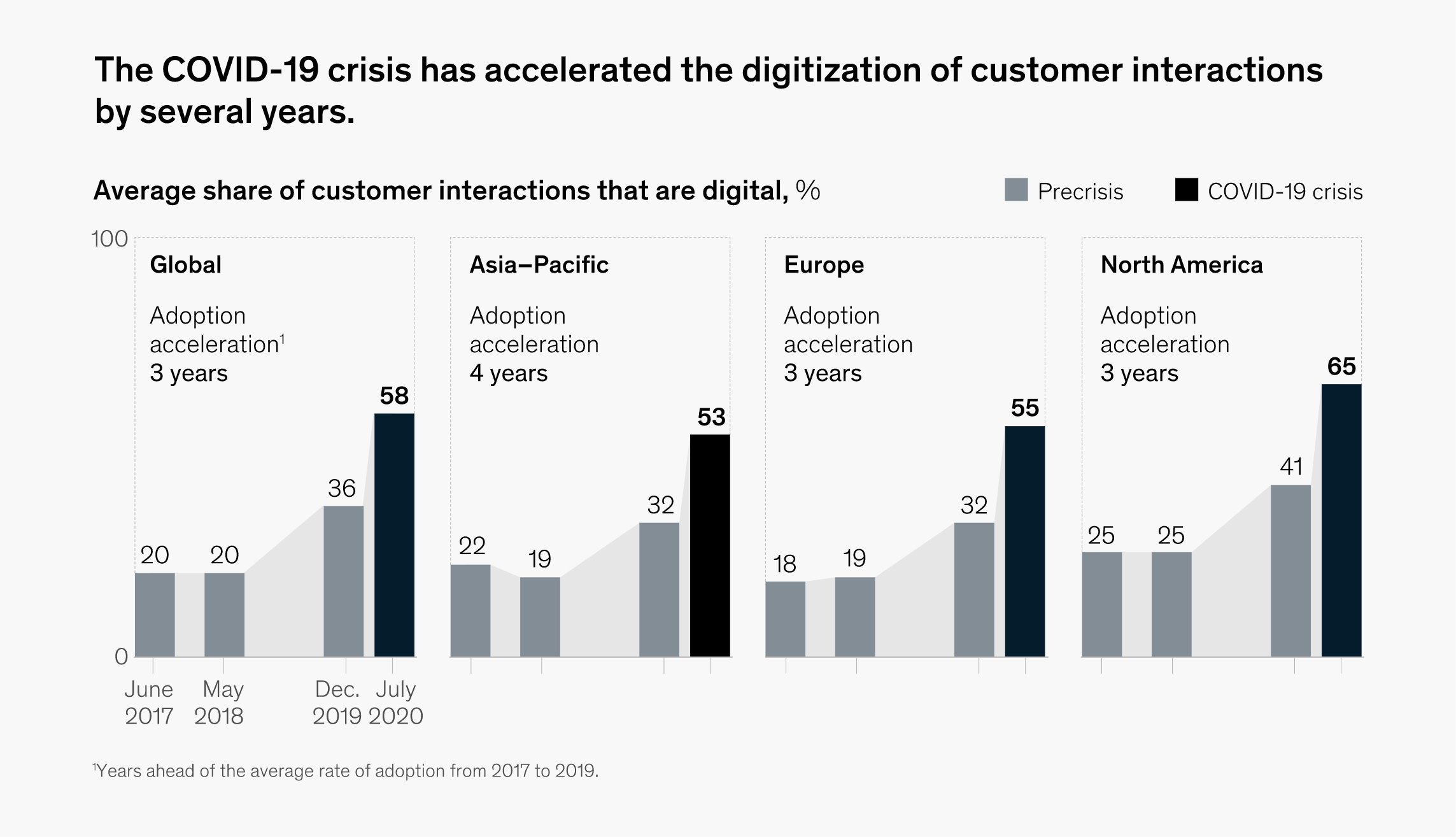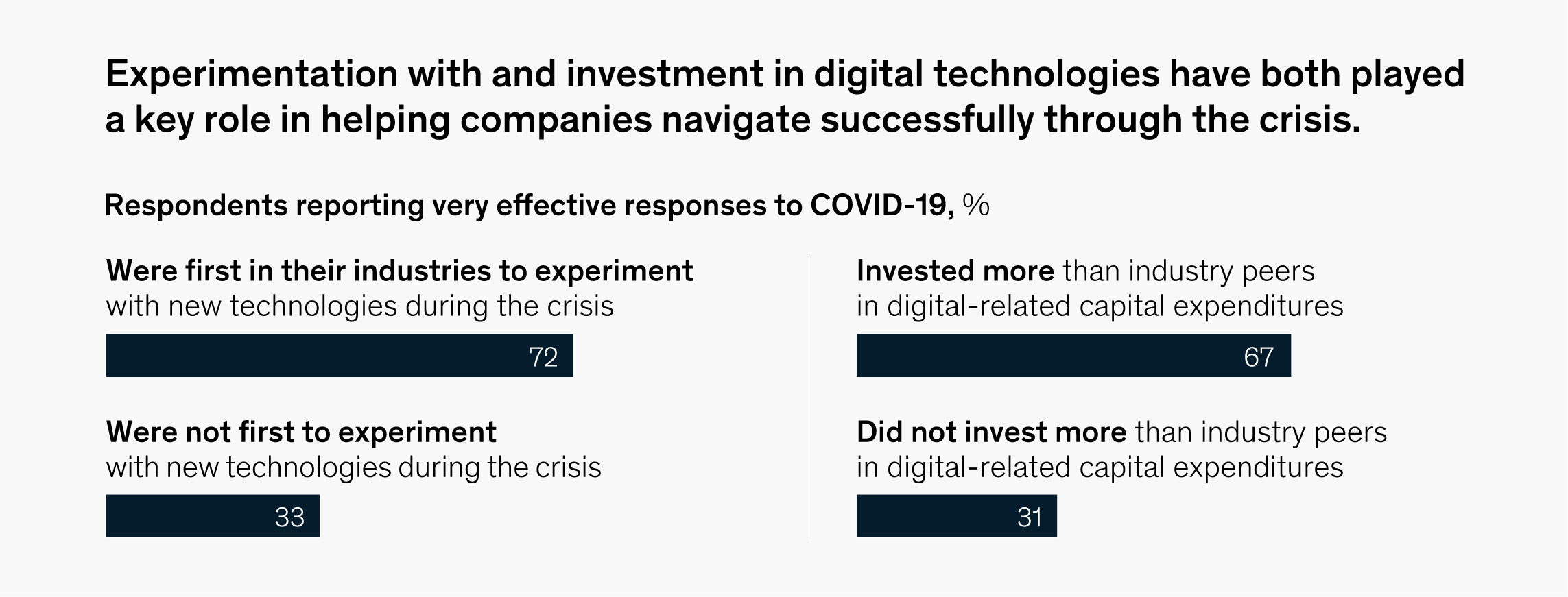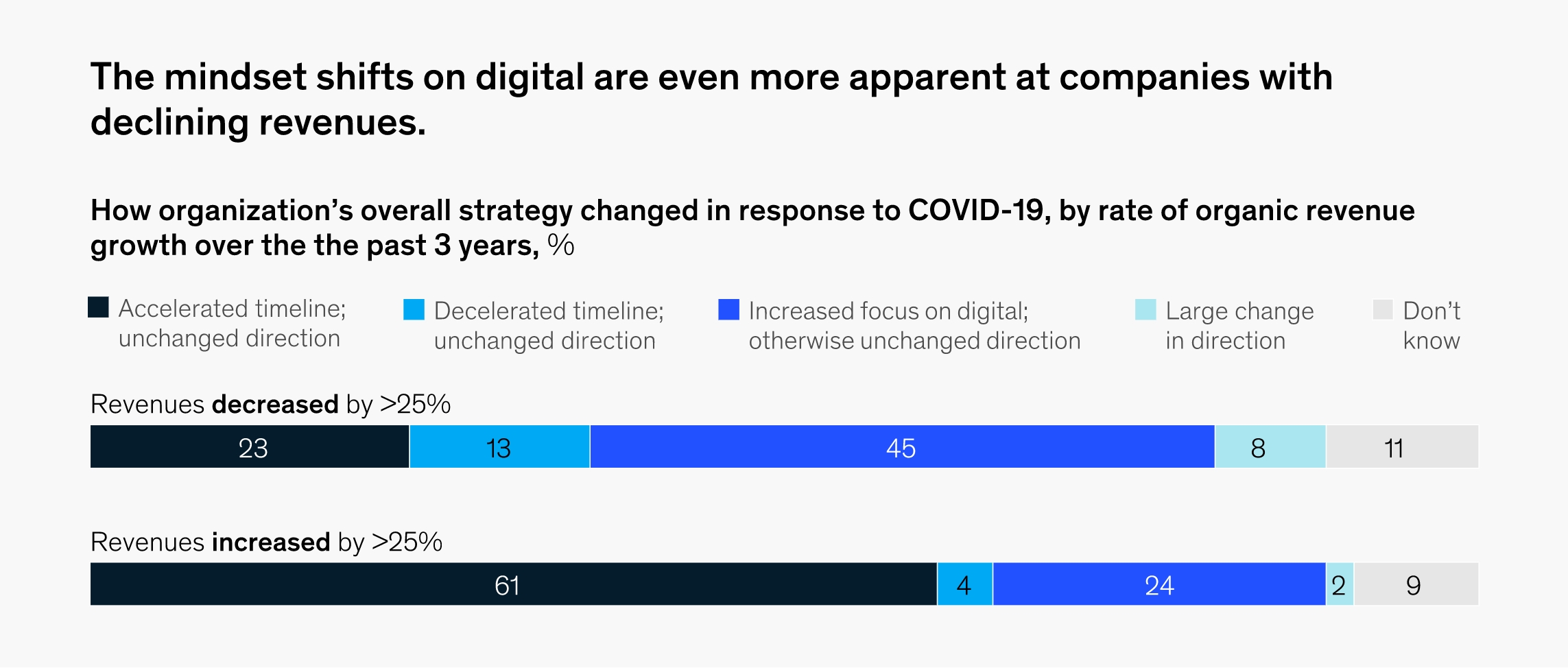Covid-19 Educator Survey
Dr Chen Zan, Tan Bao Zhen, Bryan Ang, Siti Nur Sabrina Binte Hardy, Richard Watermeyer, Mike Niederpruem
COVID-19’s sudden emergence and rapid spread transformed work and learning as we know it, with governments worldwide rapidly mandating remote work and learning in response to this global crisis. This pandemic presents a unique opportunity for the HE and TAE sectors to leapfrog the present and transform their paradigms for learning delivery through accelerated adoption of digital technologies (i.e. digital transformation or digitalisation), which will inevitably develop into a new, permanent state for online learning, teaching and assessment (LTA): A “digital resettlement”3.
Our research in Singapore found that both the HE and TAE sectors were pressured to accelerate their digital transformation to transit to fully online learning, in response to the government’s circuit breaker and social distancing measures that led to the physical closure of their teaching and training premises. Much of the organisational inertia that used to stand in the way of digital transformation is now gone, as this crisis provided the impetus for these organisations to survive in the COVID-19 world through digital resettlement, with the move resulting in various costs and opportunities for its stakeholders.
The Acceleration Of Digital Transformation
To understand how the COVID-19 crisis was impacting the HE and TAE sectors in Singapore, we conducted a survey4 among adult educators (AEs) in Singapore that work in or work most with institutes of higher learning5 (IHLs) as well as training providers (TPs).
Our analysis reveals that the proportion of AEs reporting frequent use of online platforms 6 for teaching, assessment, and training-related work increased from 14% pre-COVID-19 to 63% during the COVID-19 pandemic (Figure 1). While it is evident that digital transformation within the HE and TAE sectors was already set in motion before COVID-19, the pandemic is accelerating digital transformation throughout the HE and TAE sectors. It is also apparent that IHLs are one step ahead of TPs in terms of digitalisation – about twice as many respondents working in IHLs reported that they were already using online platforms frequently for their work before COVID-19, as compared to their counterparts working in TPs (Figure 1). Digitalisation in IHLs is greater than in TPs amidst the circuit breaker and social distancing measures during COVID-19. Specifically, 74% of the respondents working in IHLs reported frequent use of online platforms as compared to 56% of their counterparts working in TPs doing so.
Covid-19 Has Accelerated The Digital Transformation Of HE And TAE.
Percentage of respondents reporting frequent use of online platforms for teaching, assessment, and training related work (n= 1,553)
Figure 1

The Digital Resettlement
AE sentiment indicates that such a transformation will not be a temporary response to an emergency crisis, but instead remain as a permanent shift for both the HE and TAE sectors.
51% of the AEs surveyed expressed their intention to continue frequent use of online platforms for their work post- COVID-19 (Figure 1). Additionally, more than 90% of the AEs indicated that their organisations intend to replace a majority or all of their face-to-face programmes with online offerings in the short-term (i.e.,currently to the next year). 92% also felt that the TAE sector is likely to remain in a predominantly online model in a post- COVID-19 world.
76% of the AEs predicted that future enrollment in online programmes will trend upward (Figure 2), online learning and teaching is seen as the future of HE and TAE, and 71% of AEs agreed with the statement “Delivering teaching, assessment, and training-related work online is the future of higher education, continuing education, and lifelong learning.”
Online education and training is seen to provide enhanced accessibility for learners – paradoxically at a time where traditional forms of access are denied by the circuit breaker and social distancing rules. Digital education and training will likely lead to an anticipated proliferation of “online universities”, and the advantages of “open” learning due to digitalization being seen as yielding financial savings for the learners and market opportunities to the TPs and AEs:
‟ Education will be possible all day round and all year round. This will help online universities to bloom and flourish. Cost of education can be lowered and we can create more job opportunities in this sector. Education without limits - This is the future of education. ”
Figure 2

Online Learning Is The Future Of HE And TAE In Singapore
Impact of the move to online learning on enrollment for online programmes (expressed as a percentage; n= 1, 553)
The Price Of Digitalisation
As the pandemic called for an emergency response plan in the form of digitalisation, it inevitably came with a price for the various stakeholders, namely the sector as a whole, the TPs, AEs, and learners. With the transition to online learning, the top two challenges reported by AEs across the sector relate to the digital divide among the learners and AEs within Singapore (Figure 3). There is also the fear that those who fail to make the necessary digital leap to keep up with this shift within the sector will be left behind. Unfortunately, the issue is not only with access but the quality of that access:
‟ The quality of learning depends heavily on the quality of access to the internet, quality of the home computer setup and hardware of the learner, and that puts some learners of lesser means at a disadvantage. ”
‟ It requires learners and teachers alike to have some basic knowledge and aptitude with computer skills. ”
Ensuring quality access to technological devices and tools, as well as possession of the relevant digital skills among learners and AEs alike, are thus critical challenges that need to be addressed for the sector to move ahead.
Figure 3

